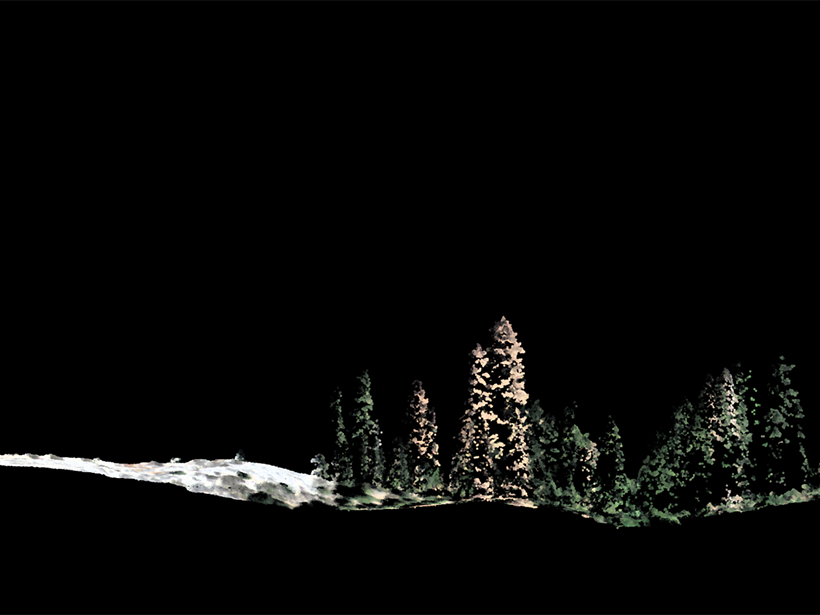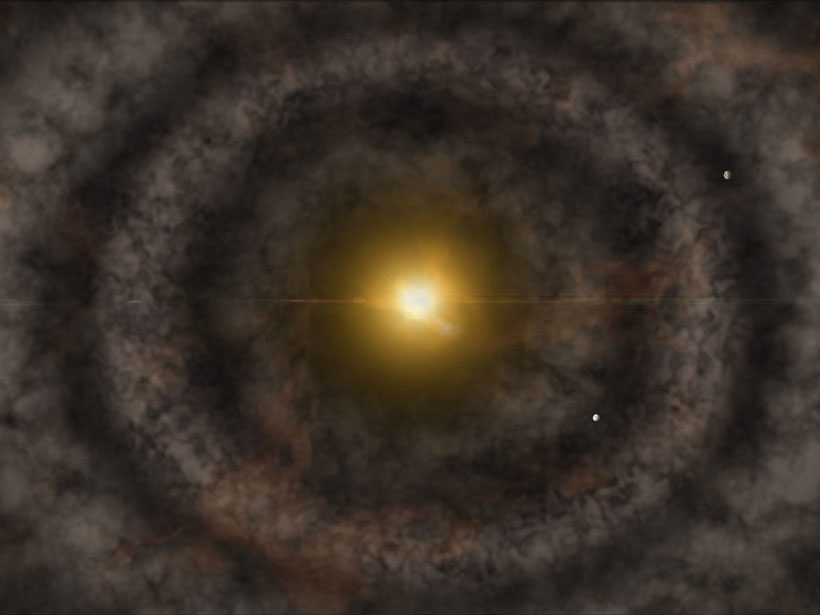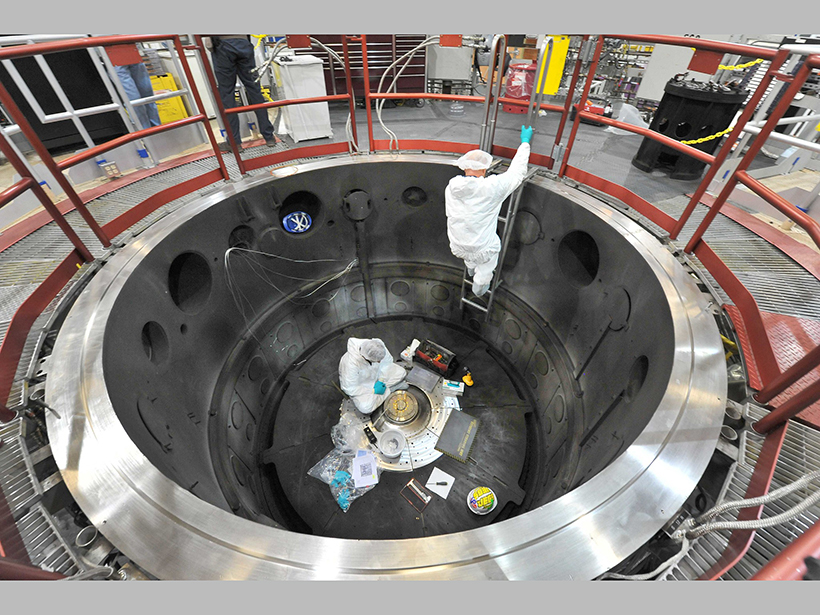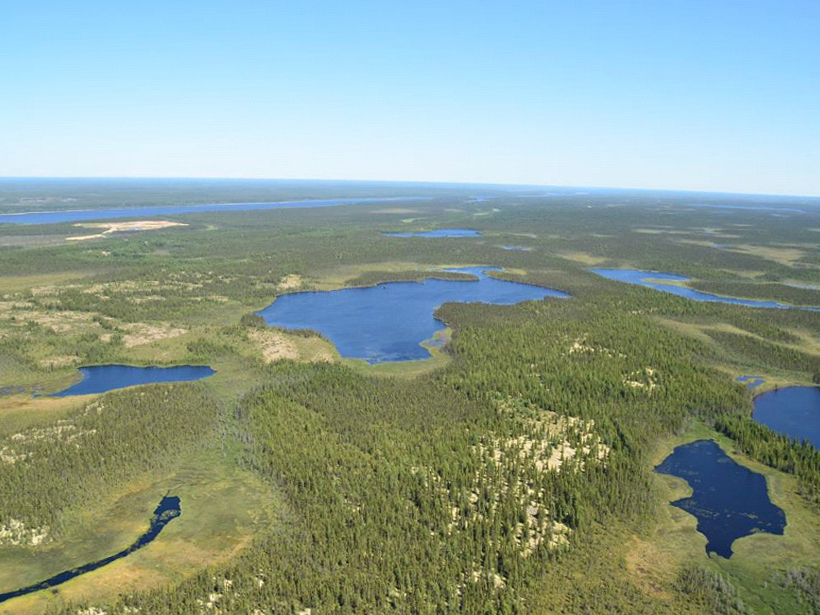Future space missions will further our knowledge of tidal heating and orbital resonances, processes thought to create spectacular volcanism and oceans of magma or water on other worlds.
CC BY-NC-ND 2019
The Bigger They Are, the Harder They Fall
New research tracking 1.8 million trees found that tall trees died at more than twice the rate of smaller ones toward the end of extreme and persistent drought.
Set to Music, Exoplanets Reveal Insights on Their Formation
Sonification hints at how some Kepler planets may have been configured in the late stages of their development.
Einstein Says: It’s 309.7-Meter O’Clock
Atomic clocks are now so accurate that Earth’s gravity can be seen to slow them down. Geodesy is preparing to use this relativistic effect to measure elevation.
How Forest Structure Influences the Water Cycle
New research looks at how changes in the arrangement of trees and canopy thickness influence the transport of water from the land surface to the atmosphere.
Million-Degree Experiment Complicates Solar Science
Experiments at Sun-like temperatures show that certain elements absorb more light than solar models predict, creating uncertainties for stellar science.
Space Weather Aviation Forecasting on a Global Scale
Under a new mandate, consortia of the world’s major space weather centers will disseminate new space-weather advisories for civil aviators representing a significant change-of-state for space weather.
Dusting Off the Arid Antiquity of the Sahara
New research on the geochemistry of Canary Islands paleosols shows that the Sahara has been an arid dust producer for at least 4.8 million years.
Thoughtfully Using Artificial Intelligence in Earth Science
Deriving scientific insights from artificial intelligence methods requires adhering to best practices and moving beyond off-the-shelf approaches.
Integrating Landscape Terrestrial and Aquatic Carbon Fluxes
Workshop on the Integration of Aquatic and Terrestrial Carbon Fluxes across landscapes; Montreal, Quebec, Canada, 9–10 May 2019










